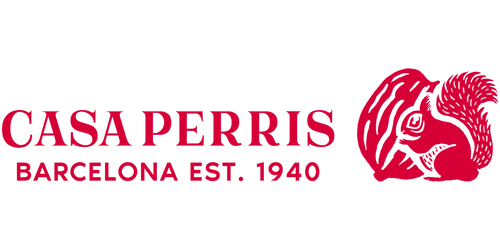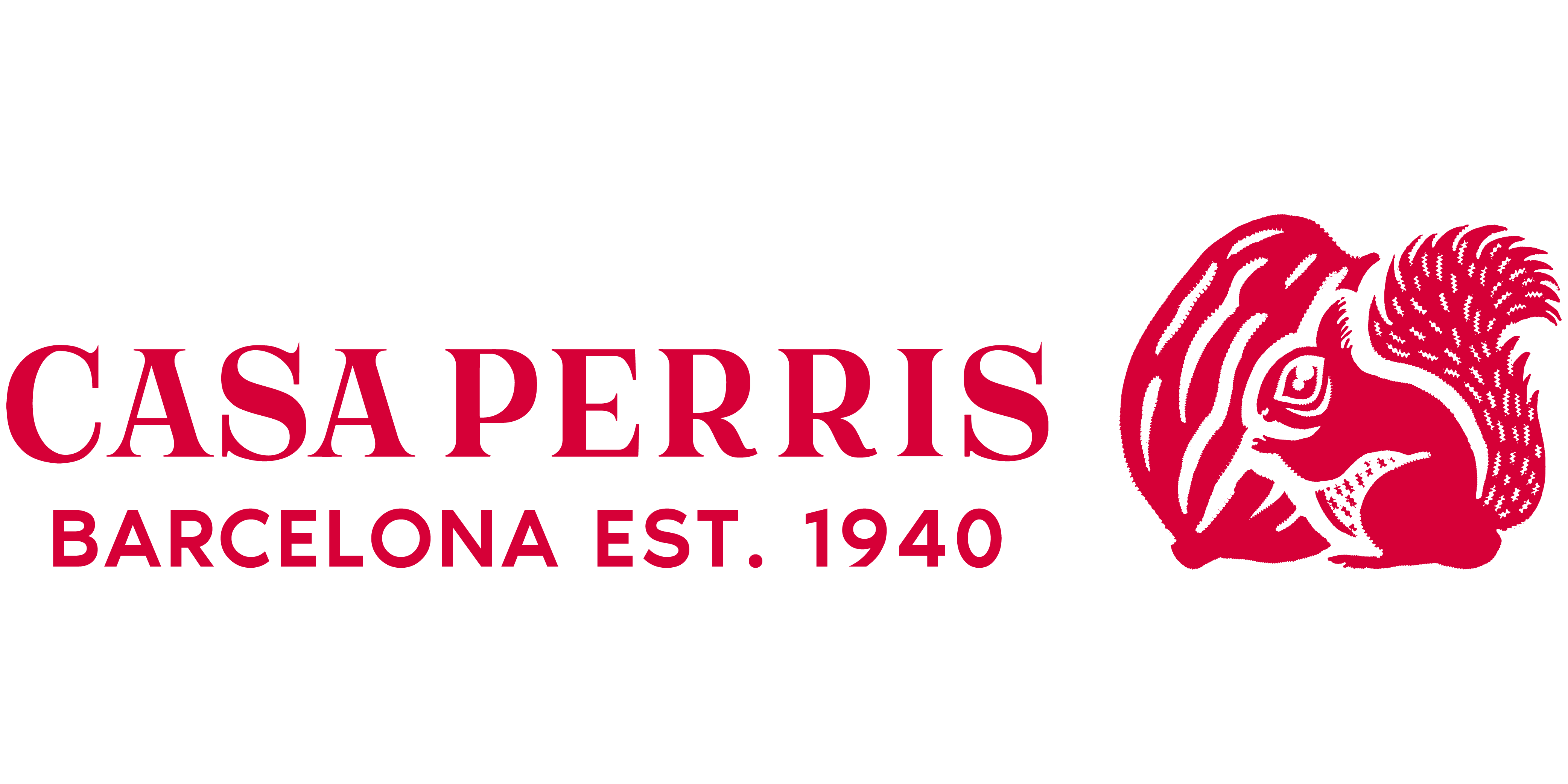Previously, going to the grocery store to get some salt was easy because there used to be only one variety, today we find that there is more than one type of salt and we know which one to choose. The important thing is to know how to distinguish whether it is a type of industrialized salt or is obtained with artisanal procedures. Industrialized salts tend to be demineralized and instead additives are added that are not very good for health. That is why artisanal salts have gained great ground in the market and although they can be a little more expensive, it is worth taking them home in exchange for more health.
These are the types of salts you will find most frequently:
1. Table salt
Table salt is also known as common salt and is what we normally use in our recipes. This salt can come from 3 different sources: sea salt, spring salt and rock salt. Both sea salt and spring salt can be obtained by evaporation while rock salt is obtained by mining extraction, thus being the only rock that humans eat. These types of salts can be obtained with industrial procedures or in an artisanal way and that will be what will make a notable difference between them.
2. Salt flakes

It is a type of salt also known as Maldon salt, since it comes from this municipality located in England. One of its peculiarities is that it is a salt that is obtained completely by hand, which is why it is very pure and excellent for health. Maldon salt flakes are perfect for seasoning roasted meats, fish and vegetables, as well as in appetizers and salads. It is recommended to use Maldon salt just before serving our dishes to appreciate its crunchy texture.
3. Hymalayan salt

It is a salt that is easily distinguished from any other type of salt by its pink color. It is a type of mineral salt found in the mountains of Pakistan. It has been given properties superior to other types of salt since in addition to containing sodium chloride, it contains 10 different types of trace elements.
4. Salt of Guérande

It is a type of sea salt that is obtained by hand, it comes from the Guérande peninsula in France. It is considered very rich in trace elements and mineral salts. It is easy to distinguish it with the naked eye due to its grayish color and its medium-thick size, also called coarse salt. The salt that bears this name does not contain any additives, ensuring a type of salt that is obtained with organic procedures. This salt is used in cooking like any other salt and is very common to find in French butters.
As you will see, there are as many types of salt as there are saline sources, the important thing is to recognize the only two procedures used to extract it, artisanal or industrial.
 It is a type of salt also known as Maldon salt, since it comes from this municipality located in England. One of its peculiarities is that it is a salt that is obtained completely by hand, which is why it is very pure and excellent for health. Maldon salt flakes are perfect for seasoning roasted meats, fish and vegetables, as well as in appetizers and salads. It is recommended to use Maldon salt just before serving our dishes to appreciate its crunchy texture.
3. Hymalayan salt
It is a type of salt also known as Maldon salt, since it comes from this municipality located in England. One of its peculiarities is that it is a salt that is obtained completely by hand, which is why it is very pure and excellent for health. Maldon salt flakes are perfect for seasoning roasted meats, fish and vegetables, as well as in appetizers and salads. It is recommended to use Maldon salt just before serving our dishes to appreciate its crunchy texture.
3. Hymalayan salt
 It is a salt that is easily distinguished from any other type of salt by its pink color. It is a type of mineral salt found in the mountains of Pakistan. It has been given properties superior to other types of salt since in addition to containing sodium chloride, it contains 10 different types of trace elements.
4. Salt of Guérande
It is a salt that is easily distinguished from any other type of salt by its pink color. It is a type of mineral salt found in the mountains of Pakistan. It has been given properties superior to other types of salt since in addition to containing sodium chloride, it contains 10 different types of trace elements.
4. Salt of Guérande
 It is a type of sea salt that is obtained by hand, it comes from the Guérande peninsula in France. It is considered very rich in trace elements and mineral salts. It is easy to distinguish it with the naked eye due to its grayish color and its medium-thick size, also called coarse salt. The salt that bears this name does not contain any additives, ensuring a type of salt that is obtained with organic procedures. This salt is used in cooking like any other salt and is very common to find in French butters.
As you will see, there are as many types of salt as there are saline sources, the important thing is to recognize the only two procedures used to extract it, artisanal or industrial.
It is a type of sea salt that is obtained by hand, it comes from the Guérande peninsula in France. It is considered very rich in trace elements and mineral salts. It is easy to distinguish it with the naked eye due to its grayish color and its medium-thick size, also called coarse salt. The salt that bears this name does not contain any additives, ensuring a type of salt that is obtained with organic procedures. This salt is used in cooking like any other salt and is very common to find in French butters.
As you will see, there are as many types of salt as there are saline sources, the important thing is to recognize the only two procedures used to extract it, artisanal or industrial.


